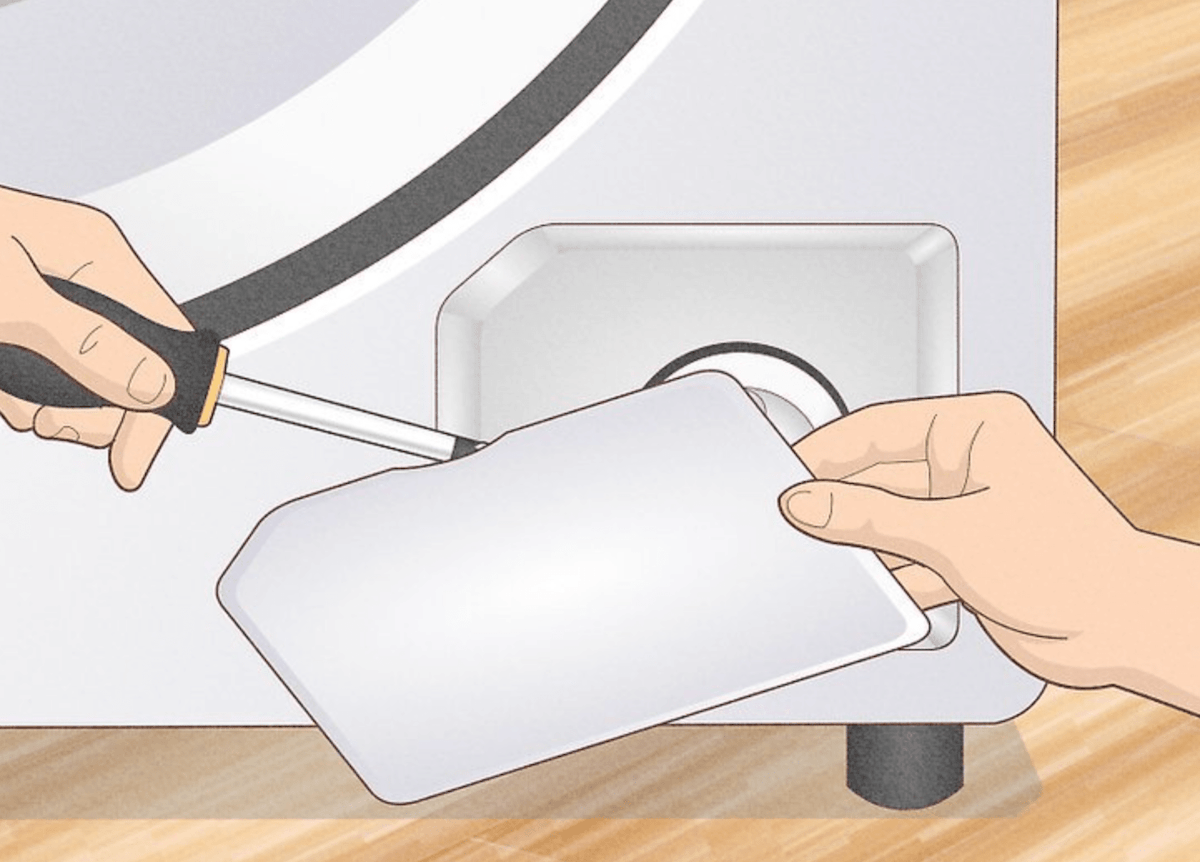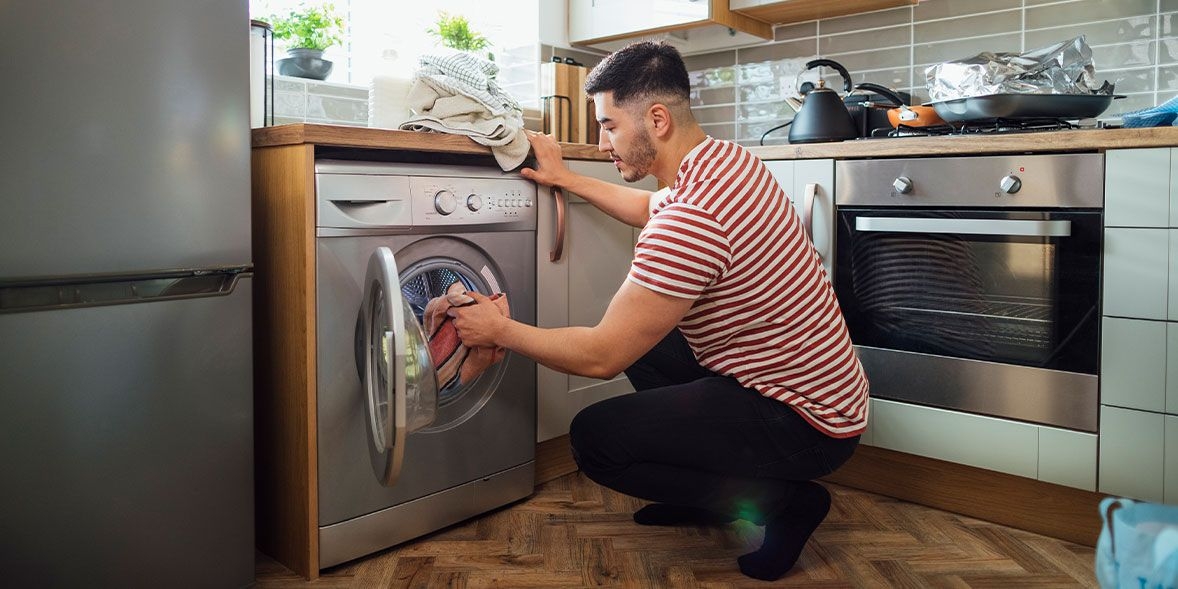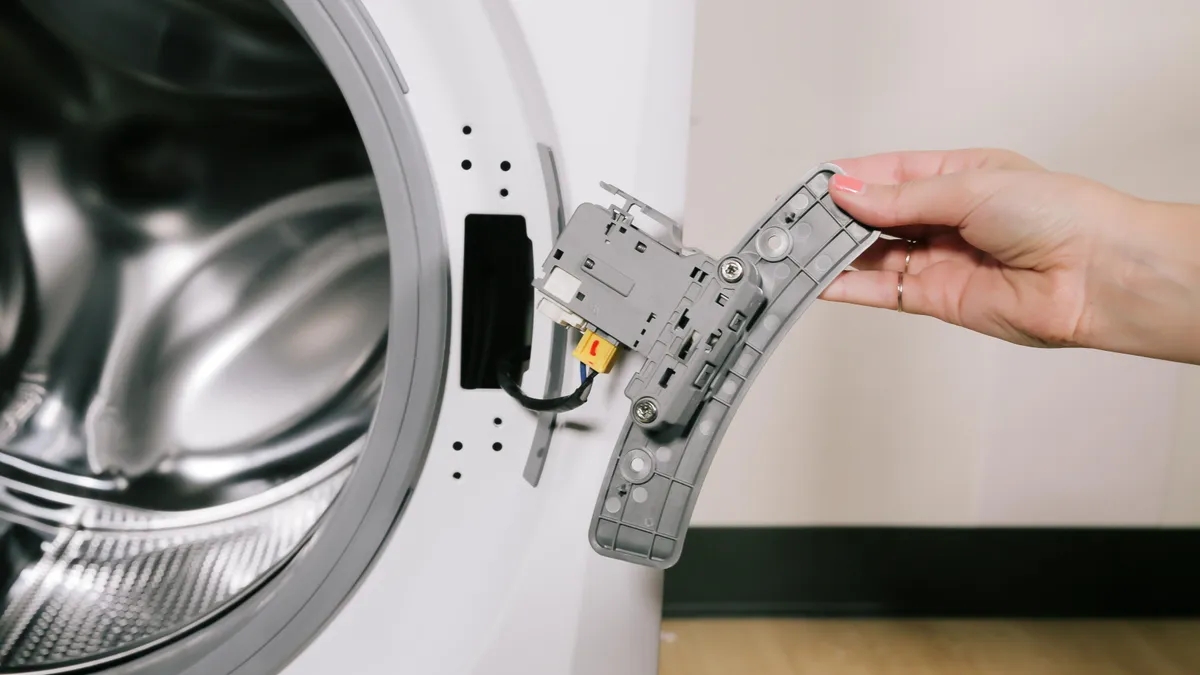How to Troubleshoot and Fix a Washing Machine That Won't Drain
Are you dealing with a washing machine that just won't drain? You're not alone! A faulty washing machine can be incredibly frustrating, and it's essential to identify the issue and find the right solution quickly. In this blog post, we'll explore common reasons for washing machine drainage problems and guide you through potential DIY fixes. If the problem persists, you can always trust Appliance Vitals to provide the expert service you need. Book a repair with us at appliancevitals.com.
1. Check for blockages in the drain hose and filter

One of the most common reasons for a washing machine not draining is a blocked drain hose or filter. It's not uncommon for small items like coins, hair, and lint to accumulate and obstruct the water flow.
To check for blockages, follow these steps:
- Turn off and unplug the washing machine.
- Locate the drain hose (usually at the back of the machine) and remove any visible debris.
- Detach the hose and inspect it for kinks or obstructions. If necessary, use a long brush or a straightened coat hanger to clear any blockages.
- Locate the filter (refer to your owner's manual), remove it, and clean any debris.

2. Inspect the drain pump
A faulty or damaged drain pump could be another reason for poor drainage. To inspect the drain pump, you'll need to remove the back panel of your washing machine. If you're not comfortable with this, it's best to call a professional like Appliance Vitals.
- Unplug the washing machine and remove the back panel.
- Locate the drain pump (check your owner's manual) and inspect it for damage or debris.
- If the pump is damaged or clogged, you may need to replace it or consult a professional.
3. Examine the belts and pulleys
In some washing machines, belts and pulleys control the drain pump. If they're worn or broken, the machine may not drain properly. Here's how to check them:
- Unplug the washing machine and remove the back panel.
- Locate the belts and pulleys and inspect for damage or wear.
- If needed, replace the damaged parts or consult a professional.
4. Assess the lid switch or door lock
Most washing machines are designed to stop draining if the lid or door isn't securely closed. If the lid switch or door lock is faulty, the machine may not drain. To check this:
- Inspect the lid switch or door lock for damage or wear.
- If needed, replace the faulty part or consult a professional.

Conclusion:
If you've tried these DIY solutions and your washing machine still isn't draining, it's time to call in the experts. Appliance Vitals is here to help Londoners with their washing machine repair needs. Book a repair with us at appliancevitals.com and get your washing machine back in working order.
